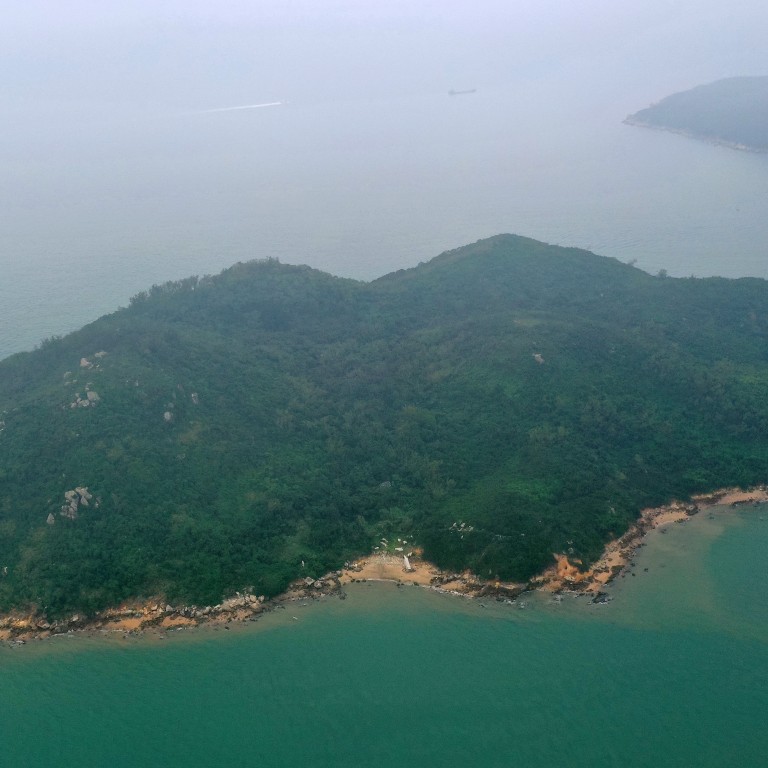The recently released report by the government suggests the project will cause
traffic chaos in the rest of Hong Kong and is but more proof that the HK$1 trillion project is a fairy tale divorced from reality.
It would not take a
HK$9.3 million study to appreciate that an island with a population of 700,000 will suffer traffic congestion chaos. There is only one tunnel connecting it to Hong Kong Island and another to Lantau. The government immediately declared that the report “is now outdated, obsolete, relating to incomplete analysis/research or not applicable as of today”. They are denying the undeniable.
The ill-considered project began with the government copying verbatim a
1980s idea. A study was done to create a new town called the
East Lantau Island that had a tunnel connecting it to Kennedy Town. The island was to be formed by reclaiming about 1,000 hectares of land in the waters around Kau Yi Chau and have a population of 300,000 to 700,000 who would mostly work on the island with 200,000 jobs.
Hong Kong in the 1980s was very different from what it is at present and will be in the future – economically, demographically and environmentally.
To placate the public, the government promises that the “Vision” will have 70 per cent of the homes there, up to
180,000 units, reserved for public housing and that they can work mostly on the island. To play to the theme of economic development, a central business district is proposed. To alleviate the concern that the project would drain Hong Kong’s fiscal reserves, the government claims that
land sales will pay for the cost.
All the claims result in irreconcilable contradictions.
No urban development in the world has a shining upscale business district surrounded by hundreds of thousands of public housing units. Public housing residents are unlikely holders of jobs in the district. They will end up travelling out of the island to work in other districts, just like residents in districts with a high number of public housing units, as in Tin Shui Wai and Tuen Mun.
Premium land sale price would result in an
unaffordable price of HK$15 million for an 800 sq ft private flat.
The reality is that, after spending HK$1 trillion, we will have a piece of land in the middle of the sea with hundreds of thousands of public housing units and unaffordable private flats. The shining business district is nowhere to be seen. Roads and tunnel are congested. It will be a Tin Shui Wai in the sea.
Tom Yam, Mui Wo


